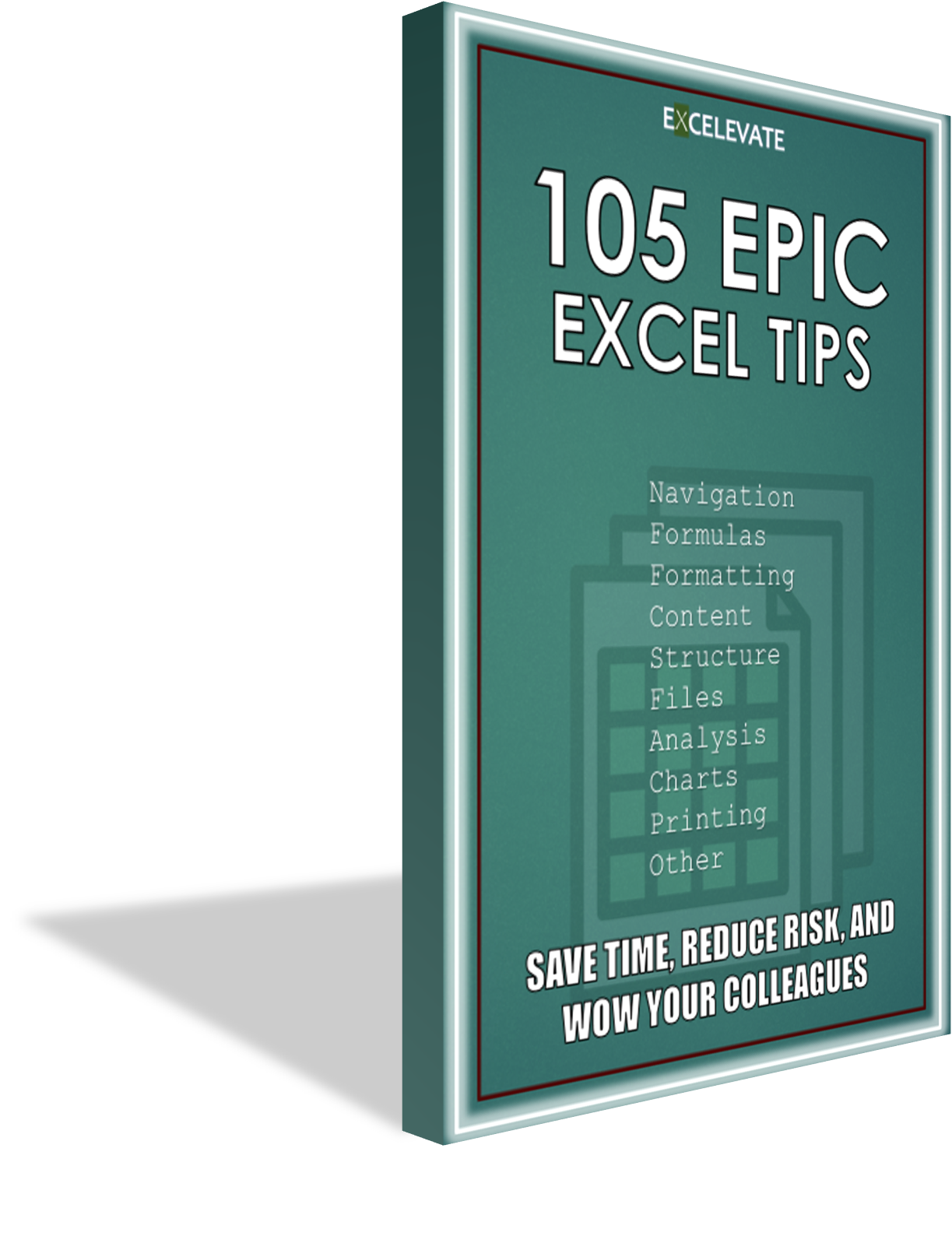by DerekHenry | Nov 3, 2021 | Efficiency
Summary I’ve noticed that a lot of people who have it together are masters at managing their schedule. They live and die by it. It’s more crucial in some roles than others, but even without a calendar full of meetings, there are many steps you can take to get the...
by DerekHenry | Oct 25, 2021 | Efficiency, Excel Tips
Summary I’m a big Excel fan. I’ve done some crazy things with it (some have nothing to do with financial data!). It’s great for some things, okay for others, and probably not appropriate at all for others. We’ll touch on a few examples of these in...
by DerekHenry | Oct 19, 2021 | Efficiency, Excel Tips
Summary When you hear the words “creative” and “accountant” in the same sentence, you probably either laugh or think of accounting scandals from the past 20 years. Creative accountants find easier ways to do things, reducing time and errors. In this article, we’ll...
by DerekHenry | Oct 13, 2021 | Shortcuts
Summary Have you ever wondered how some people breeze through their work, almost as if they’re in a trance? Chances are they are 1) really good at keyboarding (70+ wpm with few errors) and 2) they use a lot of keyboard shortcuts (100+ different shortcuts). There is...
by DerekHenry | Apr 1, 2021 | Efficiency, Excel Tips
Summary I’ve worked with many people throughout my career that spend a lot of time downloading, organizing, building, analyzing, reviewing, or distributing reports. Obviously many of those were financial in nature, but many were around other data points such as...


Recent Comments